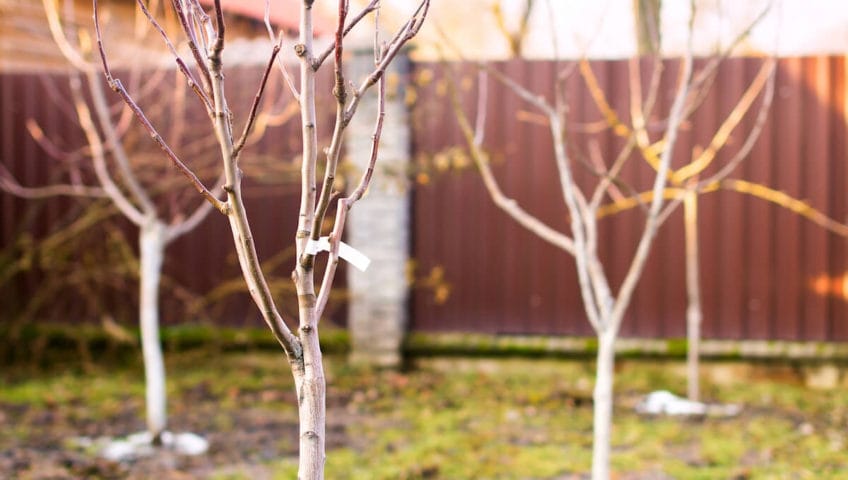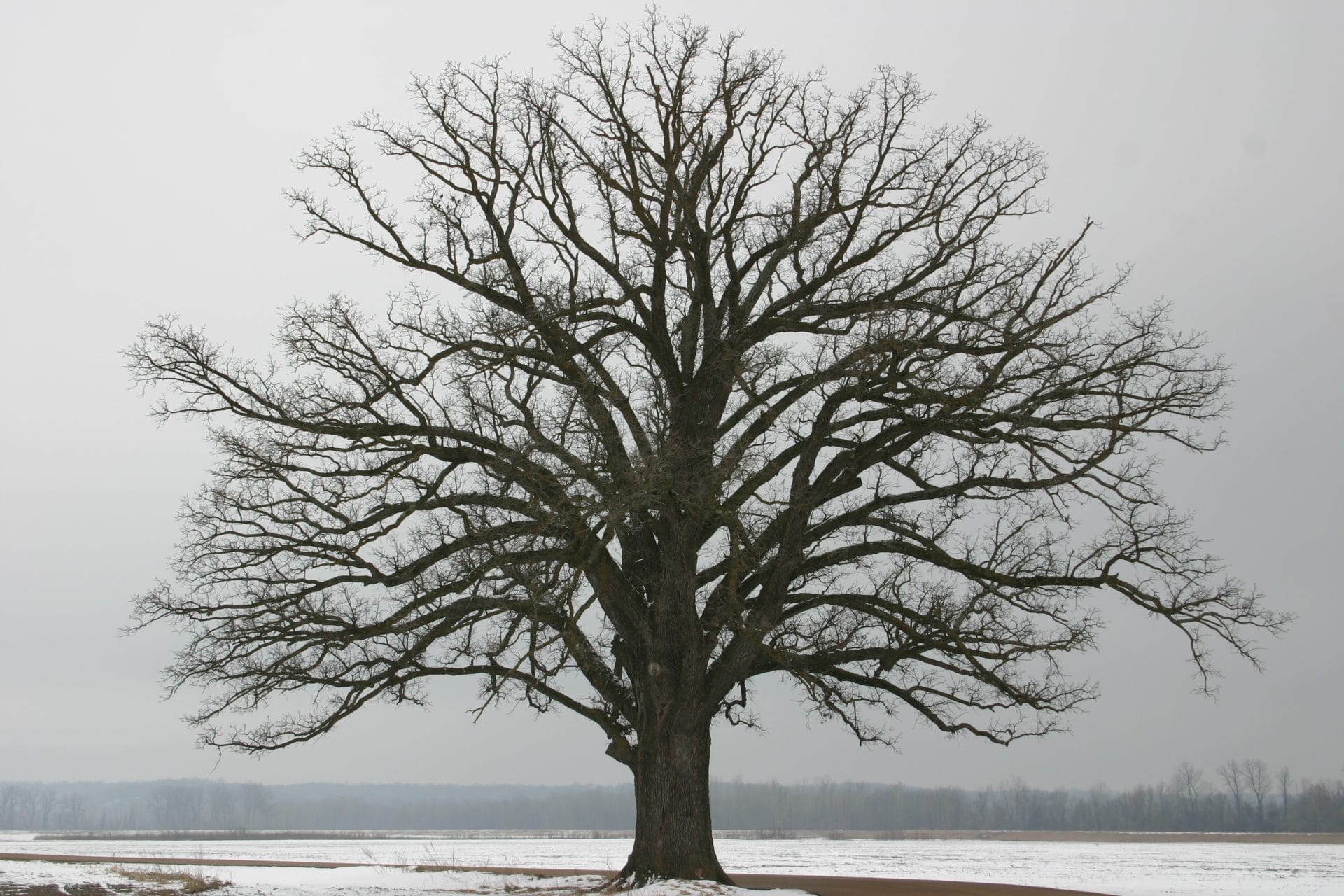Winter Tree Care Tips: Protecting Your Trees in Cold Weather
By Innovation Grounds
Winter can be a challenging season for trees, especially in regions like Austin, where the weather can vary dramatically. While some trees can endure the colder months with minimal care, others require a bit more attention to ensure their health and longevity through the winter. Understanding proper winter tree care and cold weather tree protection can make a significant difference in how well your trees fare once spring arrives.
In this blog, we’ll explore essential winter tree care tips to help you protect your trees, with a particular focus on the Austin area. From preventing frost damage to tree pruning in winter, these tips will help you keep your trees thriving even in the harshest weather conditions.
Why Winter Tree Care is Important
Winter might seem like a dormant time for trees, but it’s actually a critical period for their health. Cold weather stresses trees in several ways, such as:
- Frozen soil: When the ground freezes, trees can have difficulty absorbing water and nutrients.
- Cold winds: Bitter winds can cause the loss of moisture from the trees’ leaves and branches, leading to desiccation.
- Ice and snow accumulation: Heavy snow or ice can break branches or cause limbs to bend and crack under the weight.
- Temperature fluctuations: Sudden changes in temperature can cause a phenomenon called “frost crack,” where the bark splits due to rapid expansion and contraction.
Taking proactive steps in winter tree care can help mitigate these risks and ensure your trees remain healthy until spring.
1. Watering and Soil Care During Winter

Even in cold weather, trees need water. While rainfall is often less frequent in winter, it’s essential to continue watering your trees if there is a dry spell. However, you should avoid watering when the ground is frozen, as the water will not be absorbed properly and can even damage the roots.
- When to water: Water your trees in the early morning on warmer days when the ground is not frozen. Make sure the water soaks deeply into the soil to reach the root zone.
- Mulching: Adding a layer of mulch around the base of your trees helps retain soil moisture, regulates temperature fluctuations, and protects the root system. Use organic mulch such as wood chips, bark, or straw, and apply it in a 2-4 inch layer. Avoid placing mulch directly against the trunk to prevent moisture build-up that could cause rot.


2. Cold Weather Tree Protection: Wrapping and Shielding Trees
Young or newly planted trees are especially vulnerable to extreme cold and frost damage. One effective method of cold weather tree protection is wrapping the trunk and branches to insulate them from harsh temperatures.
- Tree wrap: Special tree wraps are available that help protect the trunk from sunscald, frost cracks, and dehydration. Wrap the trunk from the base up to the first set of branches, ensuring it’s snug but not too tight.
- Protecting young trees: If you live in an area where heavy snow and ice are common, consider installing a windbreak or using burlap screens around the tree to shield it from direct wind exposure. Make sure these coverings allow some airflow to prevent moisture from accumulating.
For trees that have been exposed to extreme cold or frost damage in previous winters, early preparation is key. If possible, seek advice from professional Austin tree services to assess the condition of your trees and determine whether additional protection is necessary.
.

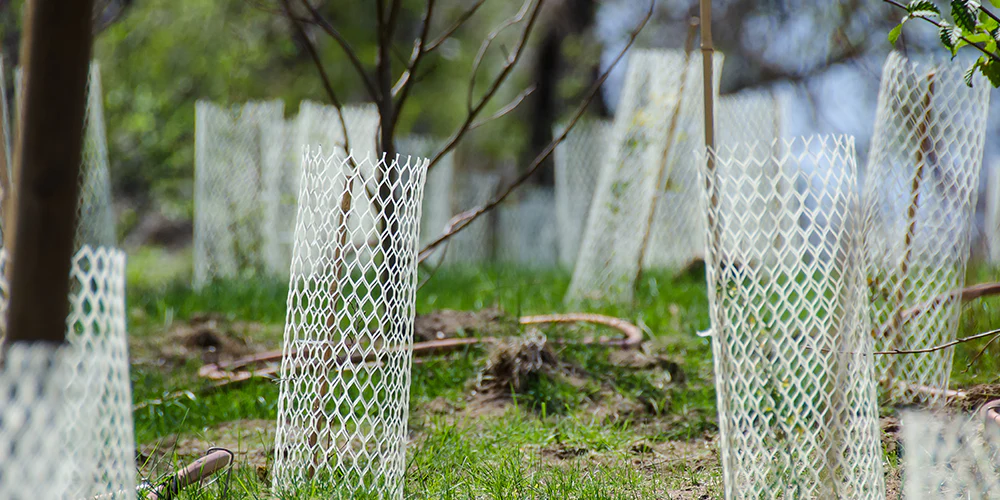
3. Tree Pruning in Winter
Winter is an ideal time for tree pruning as trees are in their dormant state. Pruning during this time minimizes the risk of disease spread and makes it easier to see the tree’s structure without the distraction of leaves. However, it’s important to follow best practices when pruning in winter:
- Prune dead or damaged branches: Remove any broken, diseased, or dead branches that could be a hazard during a winter storm. Deadwood can also interfere with healthy growth in the spring.
- Avoid heavy pruning: While winter is a good time to prune, avoid excessive pruning, as it can stress the tree and interfere with its ability to store energy for spring growth.
- Use sharp, clean tools: Make sure your pruning tools are clean and sharp to avoid damaging the tree. Sterilizing tools between cuts helps prevent the spread of diseases.
Professional tree care specialists, like those offered by Austin tree services, are skilled in proper pruning techniques and can help ensure your trees are cut back in a way that promotes healthy growth.


4. Preventing Snow and Ice Damage
Heavy snow and ice accumulation can weigh down branches and cause them to break. To minimize the risk of damage, it’s important to remove any snow or ice that collects on the limbs of your trees. Be sure to do this gently to avoid damaging the tree.
- How to remove snow: Use a broom or a long-handled tool to knock off the snow, starting from the outer branches and working your way in. Avoid using metal tools, as they can harm the tree’s bark.
- Protecting tree limbs: If you know heavy snow or ice storms are coming, it may be worth consulting Austin tree services for help securing vulnerable branches or trimming back those that are too close to structures.
In addition to snow and ice, high winds can also be damaging. Pruning branches that are weak or overly long can help reduce the risk of breakage.

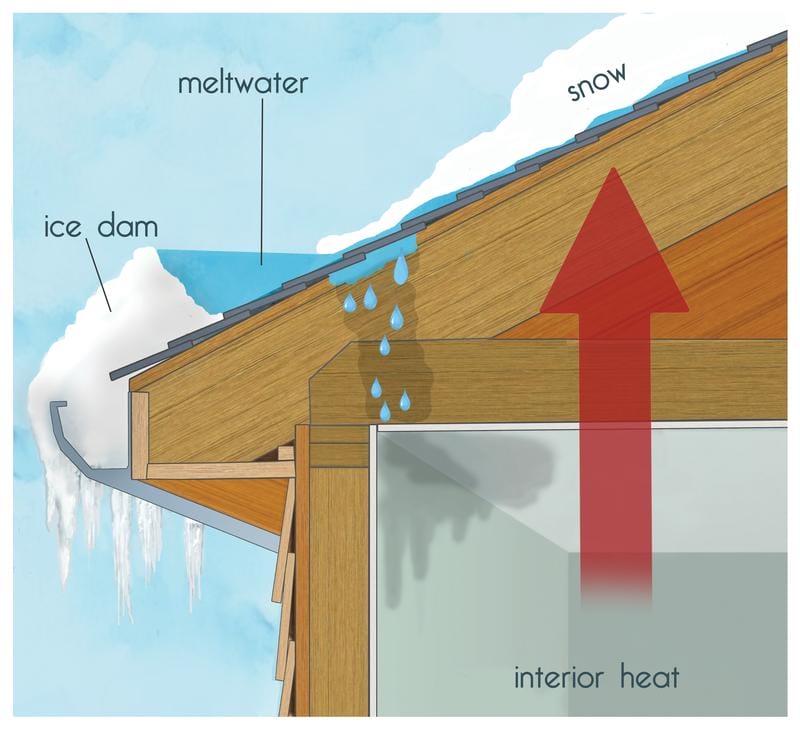
5. Keep an Eye on Wildlife
Winter can be a challenging time for wildlife, and some animals may seek shelter in your trees. While animals like squirrels and birds typically don’t pose a significant threat to the health of mature trees, it’s important to watch for signs of pest infestation or damage.
- Rodents: Mice and rabbits may chew on the bark of young trees, causing damage. Protect the trunks of vulnerable trees with tree guards or wraps to deter animals.
- Insects: Some pests, such as bark beetles, can become more active during warmer winter spells. Keep an eye out for signs of insect infestation, including holes in the bark or oozing sap, and consult with an arborist if necessary.
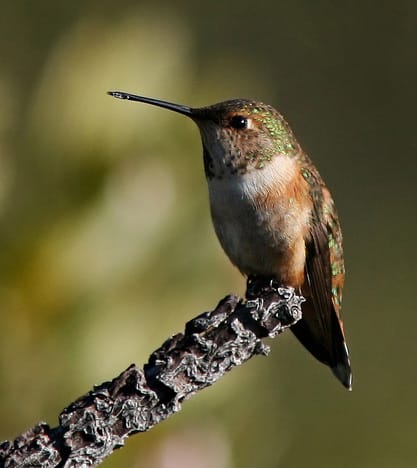

6. Hiring Professional Tree Care Services
While some tree care tasks can be handled by homeowners, many aspects of winter tree care are best left to the professionals. Austin tree services offer expert care for trees throughout the year, including winter months. Whether you need help with pruning, cold weather tree protection, or assessing the health of your trees, experienced tree care specialists can provide invaluable insight.
Professional arborists can also spot potential problems that might go unnoticed, such as root rot, pest infestations, or diseases that could weaken your tree’s resilience during the winter months. Hiring a professional ensures your trees are properly maintained and safeguarded against the cold weather.


Conclusion
Taking the time to care for your trees during the winter months is essential for their health and longevity. Proper winter tree care, including watering, pruning, and protection from the cold, can help ensure your trees emerge strong and vibrant when spring arrives. In Austin, where weather patterns can be unpredictable, working with a professional tree care service can provide peace of mind that your trees are in good hands.
By incorporating these winter tree care tips into your routine, you’ll be well on your way to keeping your trees safe and healthy, regardless of the challenges that winter may bring. Don’t let the cold weather stop you from giving your trees the care they need — start preparing now for a thriving spring season.
